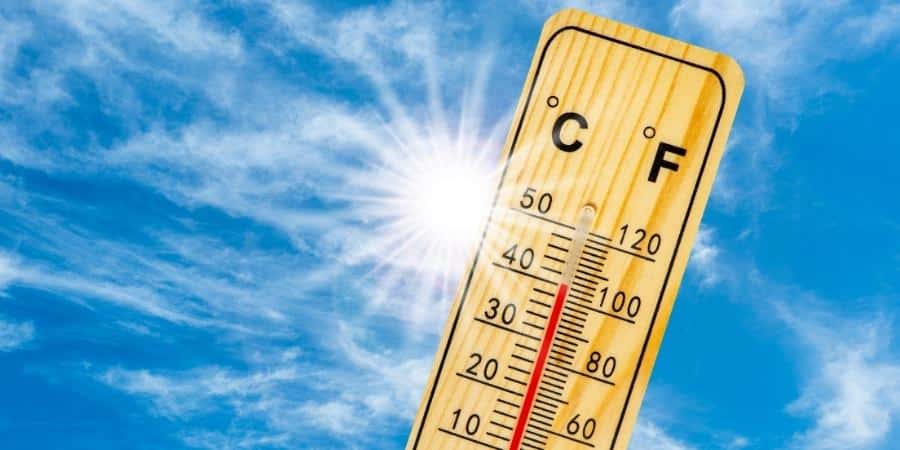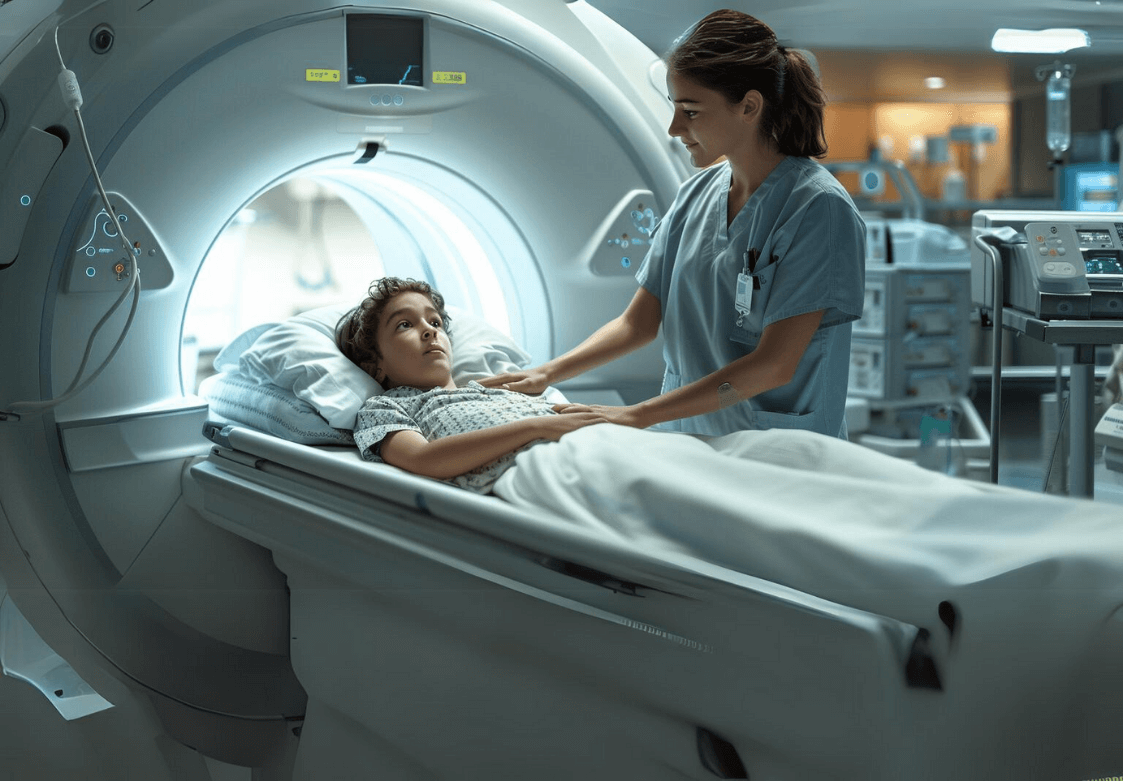Members of the Heller Institute of Medical Research at Sheba, Dr. Yoram Epstein, professor of physiology, and Dr. Ran Yanovich, research physiologist, released the findings of their study on how to prevent, diagnose, and treat heatstroke.
There are two primary types of this condition: exertional and classic. Exertional heatstroke is triggered by strenuous activity and is most common in young, active people. Classic heatstroke is more closely associated with extreme weather temperatures (such as those set across Europe this summer!), and it is more common in the elderly. The classic type can become an epidemic throughout the hot season.
While cooling the body and drinking fluids are an essential part of treating heatstroke, prevention is the best path to follow. Dr. Yanovich, who is also an IDF Major, works closely with the Israel Defense Forces, where he specializes in dealing with heatstroke in scorching battlefield climates.
“Proactive steps should be taken to mitigate the risk of heatstroke. These include staying in air conditioning, using fans, taking cool showers and decreasing physical exertion,” said Dr. Yanovich. “Heatstroke can be a life-threatening condition if it is not promptly recognized and effectively treated.”
Other ways to mitigate the risk of heatstroke is by encouraging athletes not to over-exert themselves and addressing socioeconomic factors.
To fully understand heatstroke, more research is needed. Scientists aim to investigate the genetic traits that may reduce a person’s capability to cope with heat, as well as search for biomarkers to more precisely predict the short- and long-term effects of heatstroke. Also, additional research is needed to explore the development of new treatments to control the complications of this condition.




